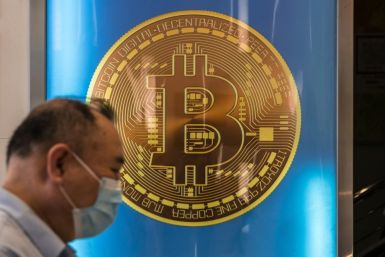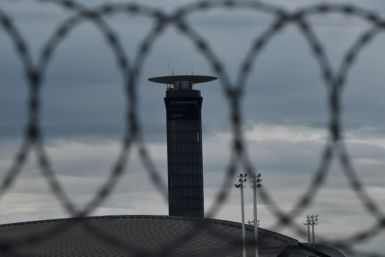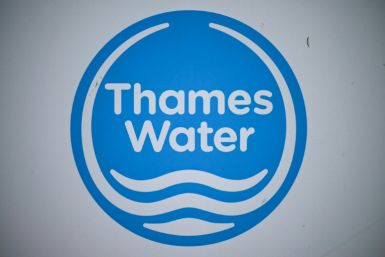Philadelphia Fed index slumps, home sales fall
Factory activity in the Mid-Atlantic region plummeted in August, falling to the lowest level since March 2009, while existing home sales unexpectedly dropped in July, tempering hopes for a revival of economic recovery.
The number of Americans claiming new jobless benefits rose last week also and consumer prices increased at the fastest pace in four months in July, highlighting the challenges facing the Federal Reserve.
Obviously, a very sharp contraction in orders is bad news (in the Philadelphia Fed index), said Pierre Ellis, senior economist at Decision Economics in New York.
It may be tied to the financial markets since the survey overlaps the last couple weeks of financial market volatility. It may have impacted corporate sentiment.
It's hard to squeeze any good news out of the numbers in this report. The home sales number is beginning to creep downward, too. It gives the appearance of melting away, contributing to consumer sector worries. And that was even before the recent financial market volatility.
The Philadelphia Federal Reserve Bank said its business activity index dropped to minus 30.7 from positive 3.2 the month before and was far below economists' expectations for positive 3.7, according to a Reuters poll.
Any reading above zero indicates expansion in the region's manufacturing. The survey covers factories in eastern Pennsylvania, southern New Jersey and Delaware.
It is seen as one of the first monthly indicators of the health of U.S. manufacturing leading up to the larger national report by the Institute for Supply Management.
U.S. existing home sales unexpectedly dropped in July, as cancellations of pending contracts continued to depress buying activity.
The National Association of Realtors said sales fell 3.5 percent month over month to an annual rate of 4.67 million units. June's sales were upwardly revised at a 4.84 million-unit rate.
Economists polled by Reuters had expected sales to rise 3.8 percent to a 4.90 million-unit pace. Compared to July 2010, sales were 21 percent higher.
The number of Americans claiming new jobless benefits rose last week and consumer prices increased at the fastest pace in four months in July, highlighting the challenges facing the Federal Reserve.
Initial claims for state unemployment benefits increased 9,000 to a seasonally adjusted 408,000, the Labor Department said on Thursday, above economists' expectations for a rise to 400,000.
CHALLENGE FOR FEDERAL RESERVE
Another report from the Labor Department on Thursday showed the Consumer Price Index increased 0.5 percent in July, the largest gain since March, after falling 0.2 percent in June. That was above economists' expectations for a 0.2 percent gain.
Gasoline, which rose 4.7 percent after falling 6.8 percent the prior month, accounted for about half of the rise in CPI last month.
But core CPI -- excluding food and energy -- rose 0.2 percent after rising 0.3 percent in June.
There's a little bit of price pressure from categories in the market place. It complicates things for the Fed and adds a degree of challenge on top of all of the other challenges, said Paul Ballew, chief economist at Nationwide Insurance in Columbus, Ohio.
The claims data covers the survey week for August nonfarm payrolls. Claims dropped by 14,000 between the July and August survey periods, but there are fears that financial markets turbulence could have slowed hiring this month.
Initial claims were a bit higher than expected, ticking up marginally to 408,000, indicating a generally sluggish trend for hiring although still better than where we stood during the second quarter, said Avery Shenfeld, economist at CIBC World Markets in Toronto.
The Federal Reserve last week promised to keep interest rates near zero at least until mid-2013 to boost growth and said the outlook for inflation over the medium-term was subdued.
Given limited pricing power for producers as consumers grapple with a 9.1 percent unemployment rate, inflation is not regarded as a threat now for an economy which barely grew in the first half of the year.
Employers added 117,000 jobs in July, a significant improvement from the prior two months' combined 99,000 gain.
Fears of a second recession, the loss of the nation's top-notch AAA credit rating from Standard & Poor's and the sovereign debt crisis in Europe have inflicted damage on global stock markets.
That has hurt consumer confidence and may make businesses more reluctant to hire more workers.
Still analysts believe the economy will dodge another downturn. So far, data ranging from retail sales to industrial production suggest the economy found some momentum early in the third quarter after barely growing in the first half of the year.
Despite the spike in consumer inflation last month, which also reflected a 0.4 percent rise in food prices, inflation generally remains contained.
New motor vehicle costs, which were unchanged after five straight months of hefty gains. This likely reflects an improvement in supplies as disruptions caused by the March earthquake in Japan fade. Motor vehicle production rebounded sharply in July.
In the 12 months to July, core CPI increased 1.8 percent -- the largest increase since December 2009. This measure has rebounded from a record low of 0.6 percent in October and Fed would like to see that closer to 2 percent.
Overall consumer prices rose 3.6 percent year-on-year, rising by the same amount for a third straight month.
Within the core CPI basket, shelter costs rose 0.3 percent, the largest gains since June 2008, after advancing 0.2 percent in June. Shelter has increased since October as a persistently weak housing market drives Americans into renting. The increase in apparel prices slowed to 1.2 percent from June's 1.4 percent increase.
(Reporting by Lucia Mutikani, Additional reporting by Ashley Lau in New York; Editing by Andrea Ricci and Clive McKeef)
© Copyright Thomson Reuters 2024. All rights reserved.











